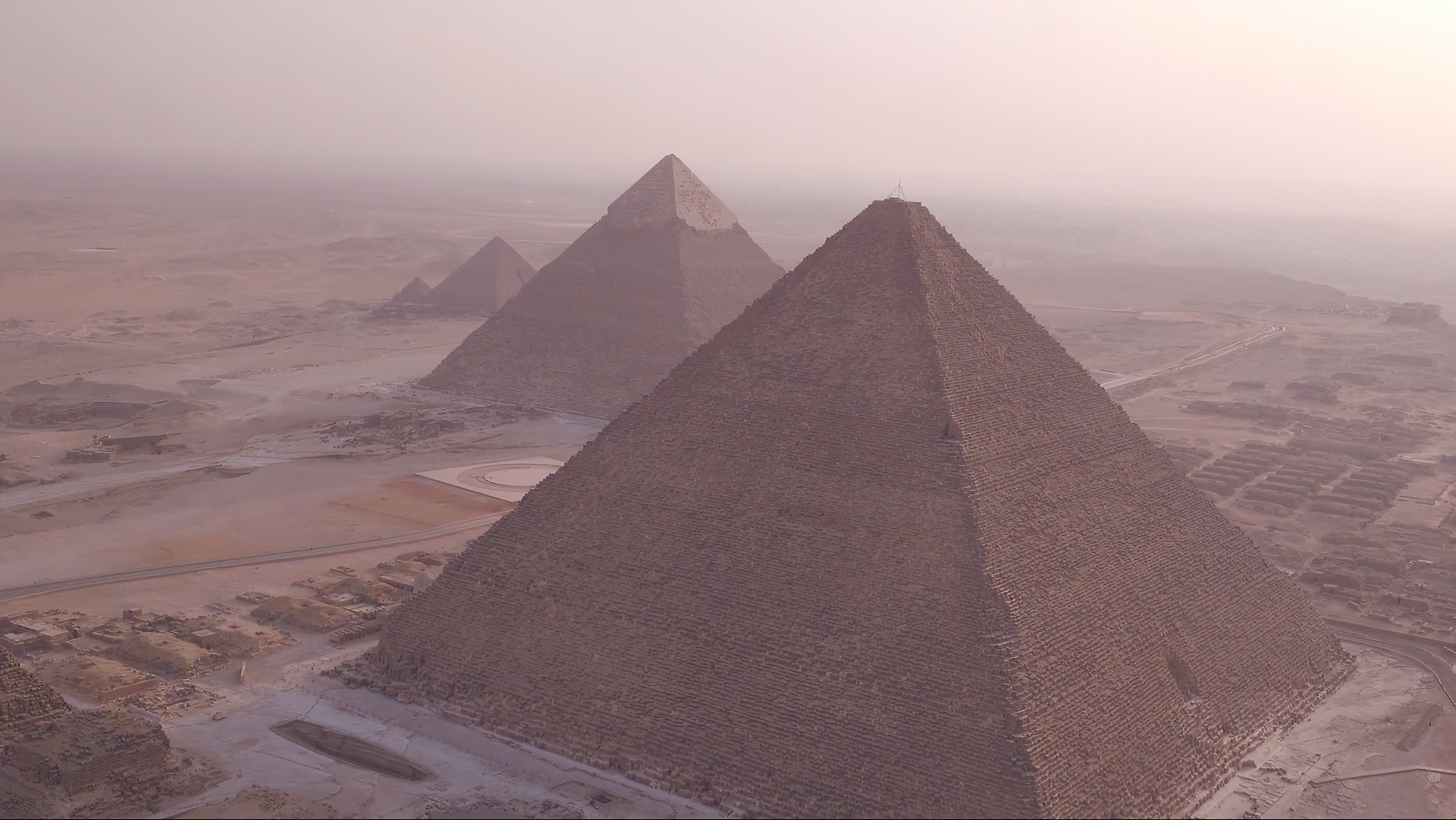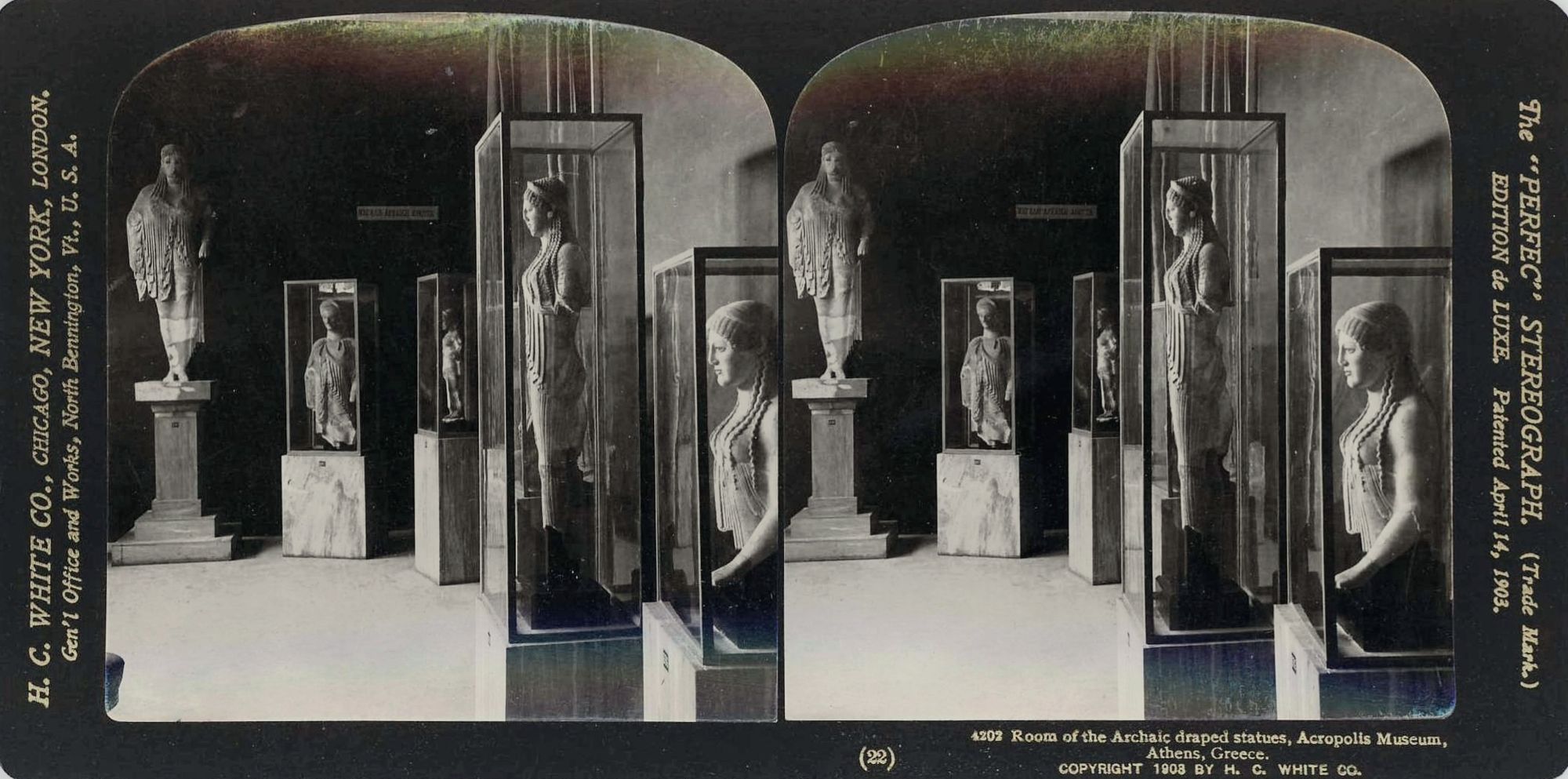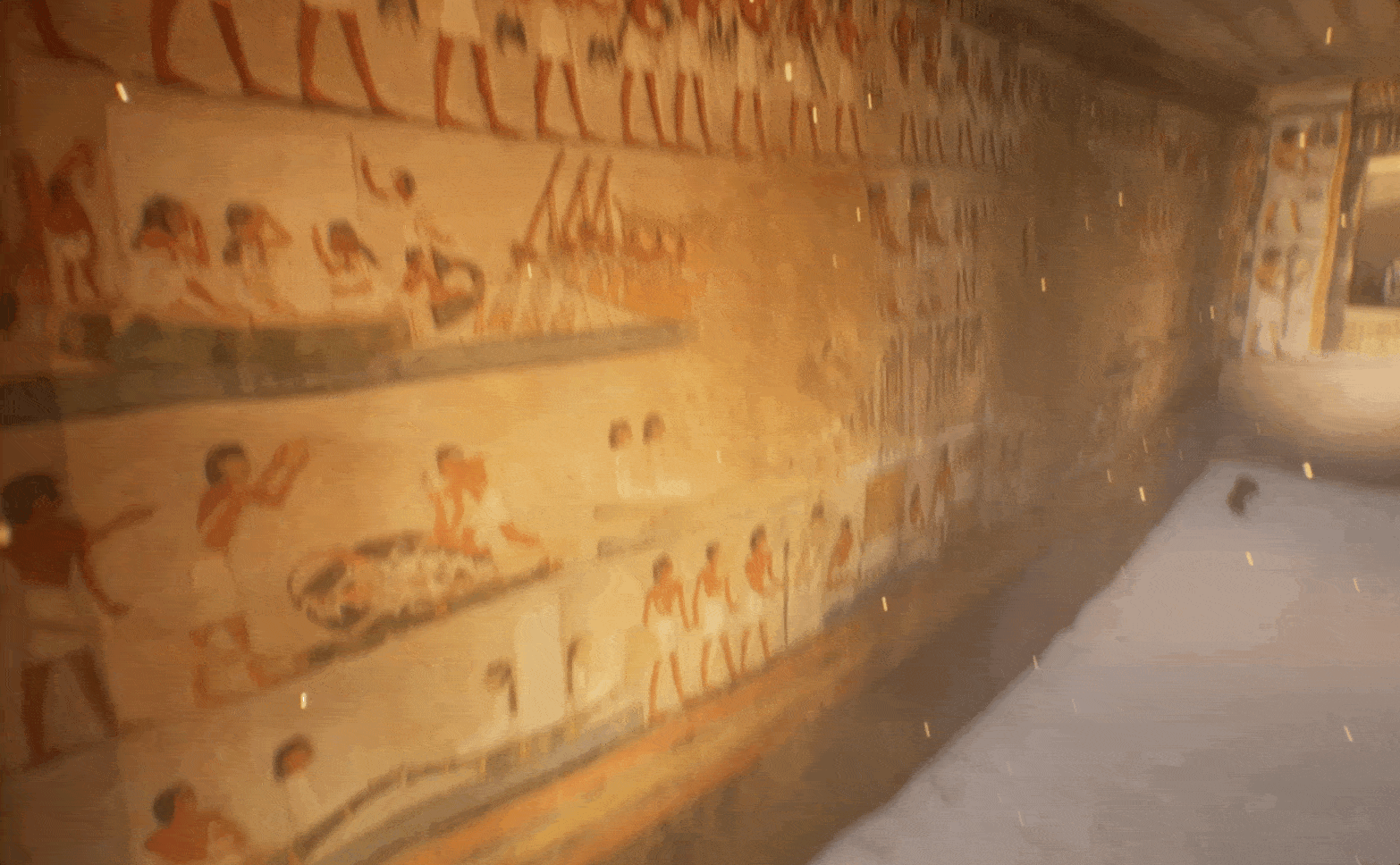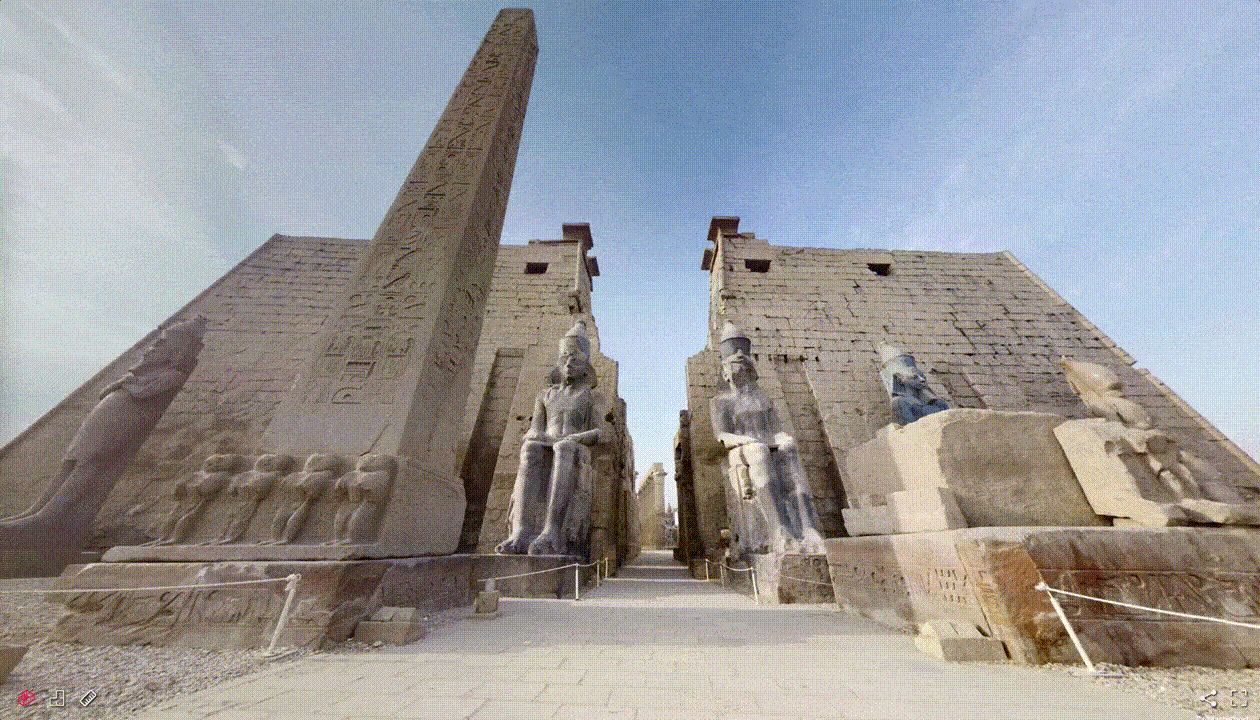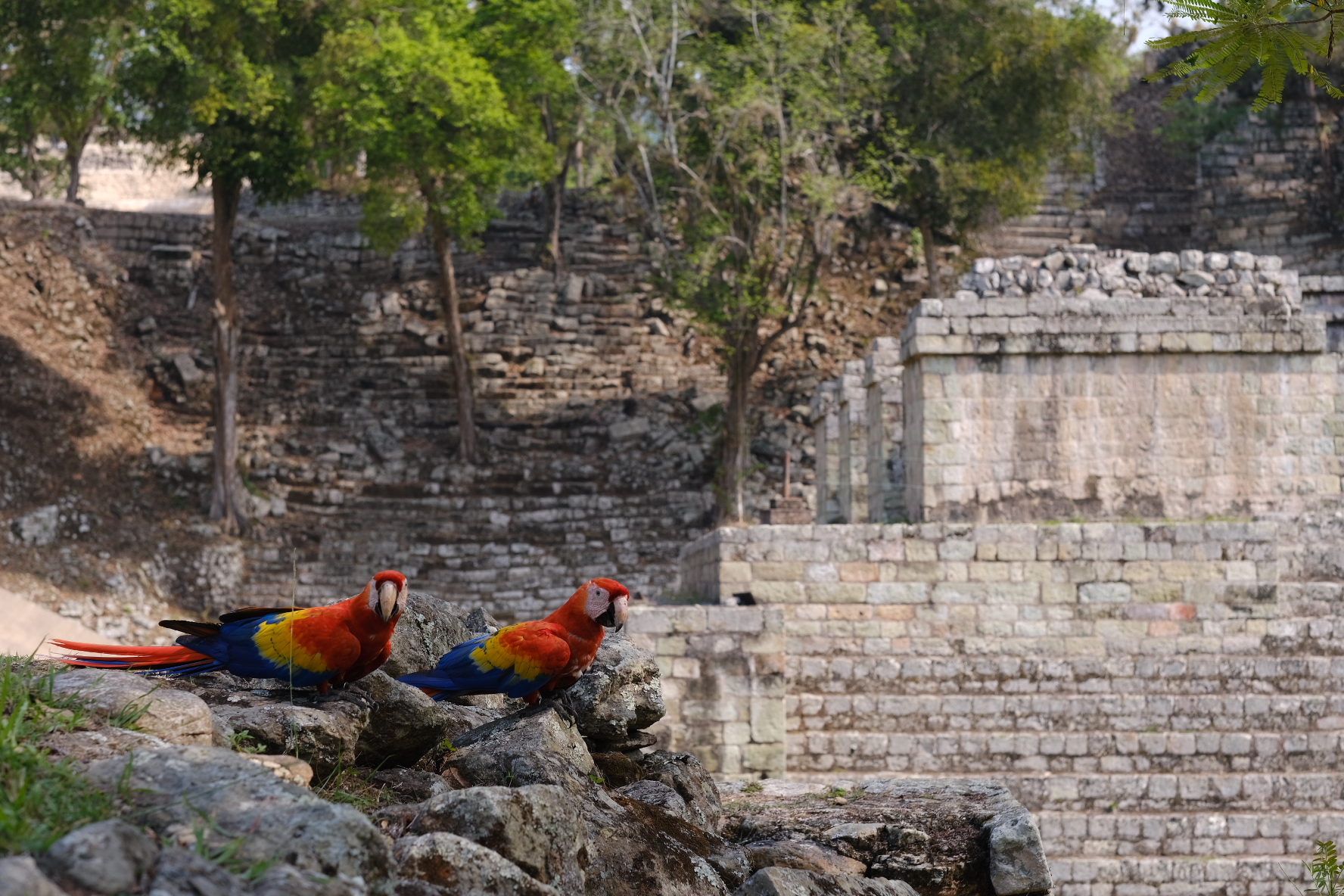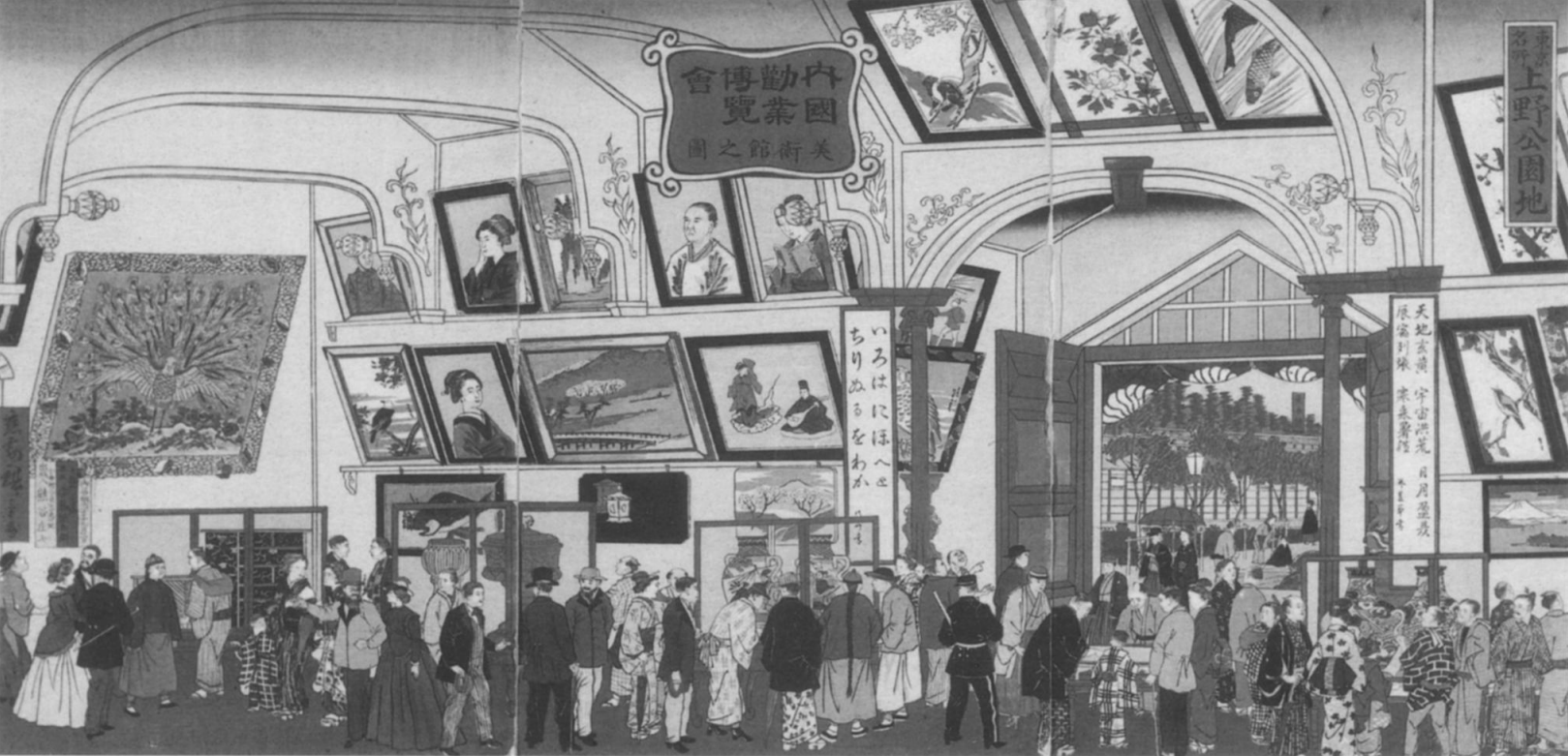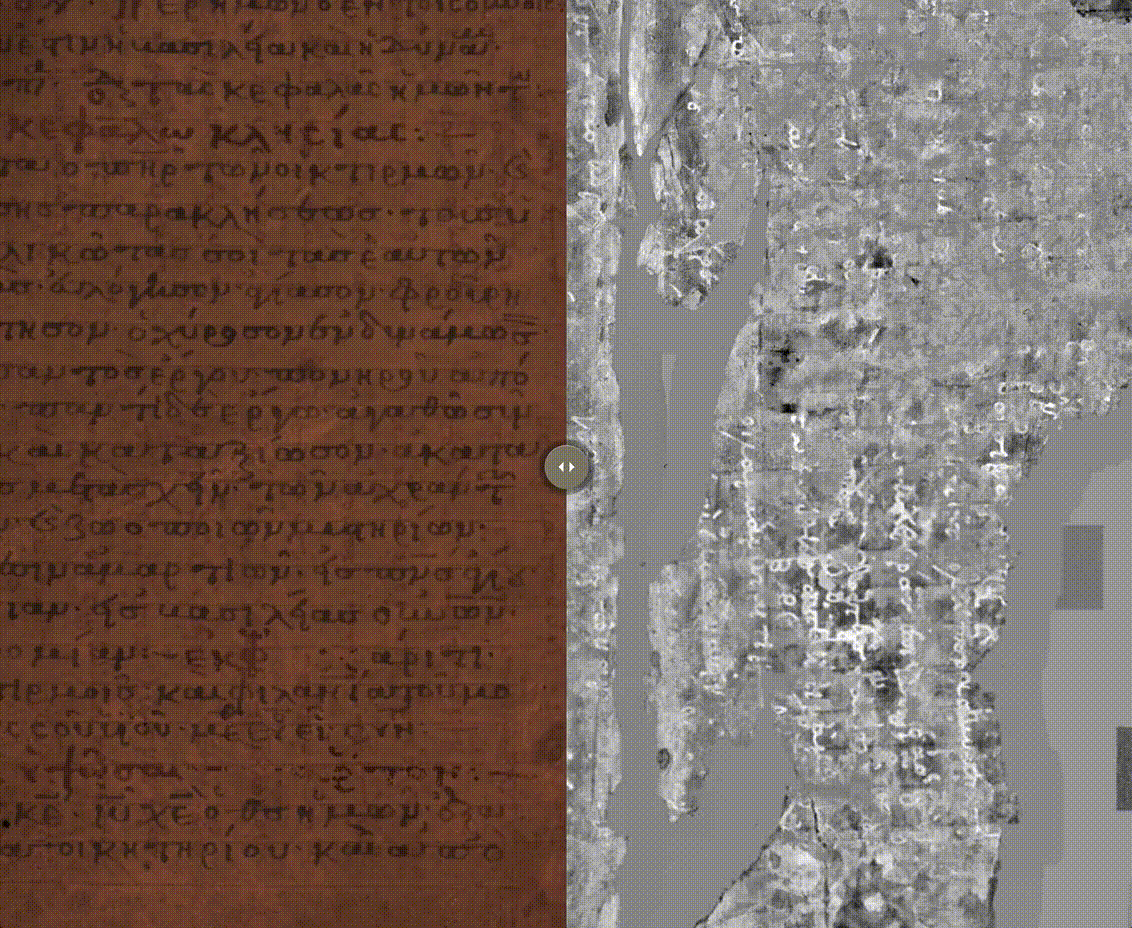Digitizing the Khufu Pyramid Interior with Harvard’s Giza Project
Under the partnership of the Ministry of Tourism and Antiquities in Egypt and the Giza Project at Harvard University, this year we worked at one of our largest and most challenging scans yet, the Great Pyramid of Giza, or Khufu’s Pyramid, on the Giza Plateau.
I tested out our new Guided Tour mode for viewing our scans too–so users can not only explore it freely but walk through it in a guided tour mode, and the public response has been overwhelming!
The guided tour has been viewed millions of times! Congratulations to Doctor Wael Fathy and inspectors who worked on site with me to create the scan. Mabruk!
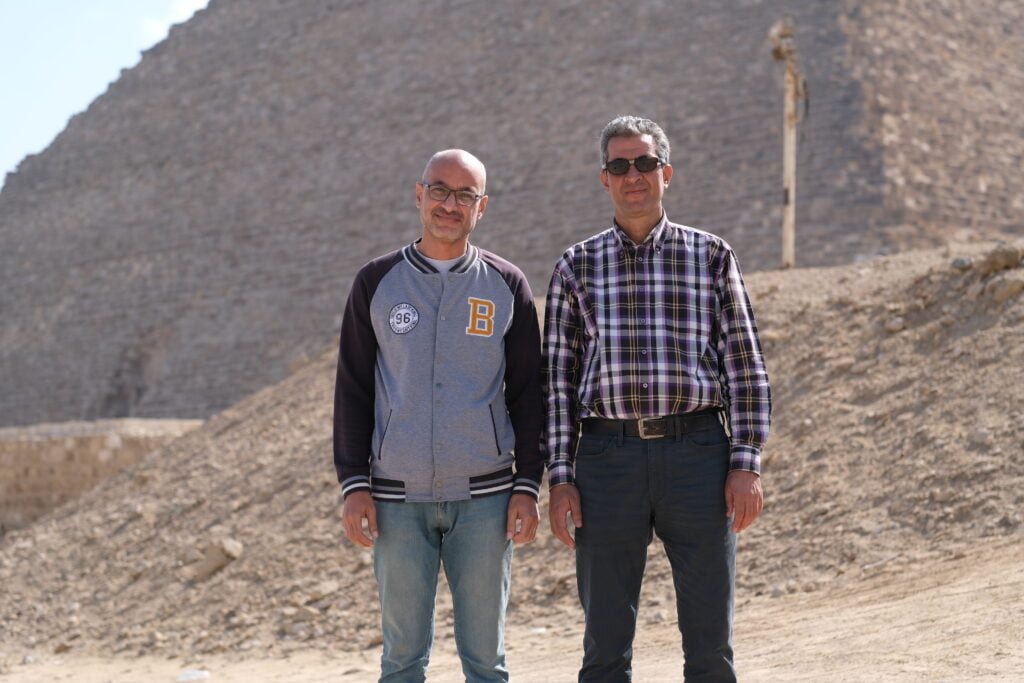
If you haven’t gone on the tour for yourself yet, visit it here: https://giza.mused.com/en/guided/266/inside-the-great-pyramid
This blog post is a behind-the-scenes view of building the tour.
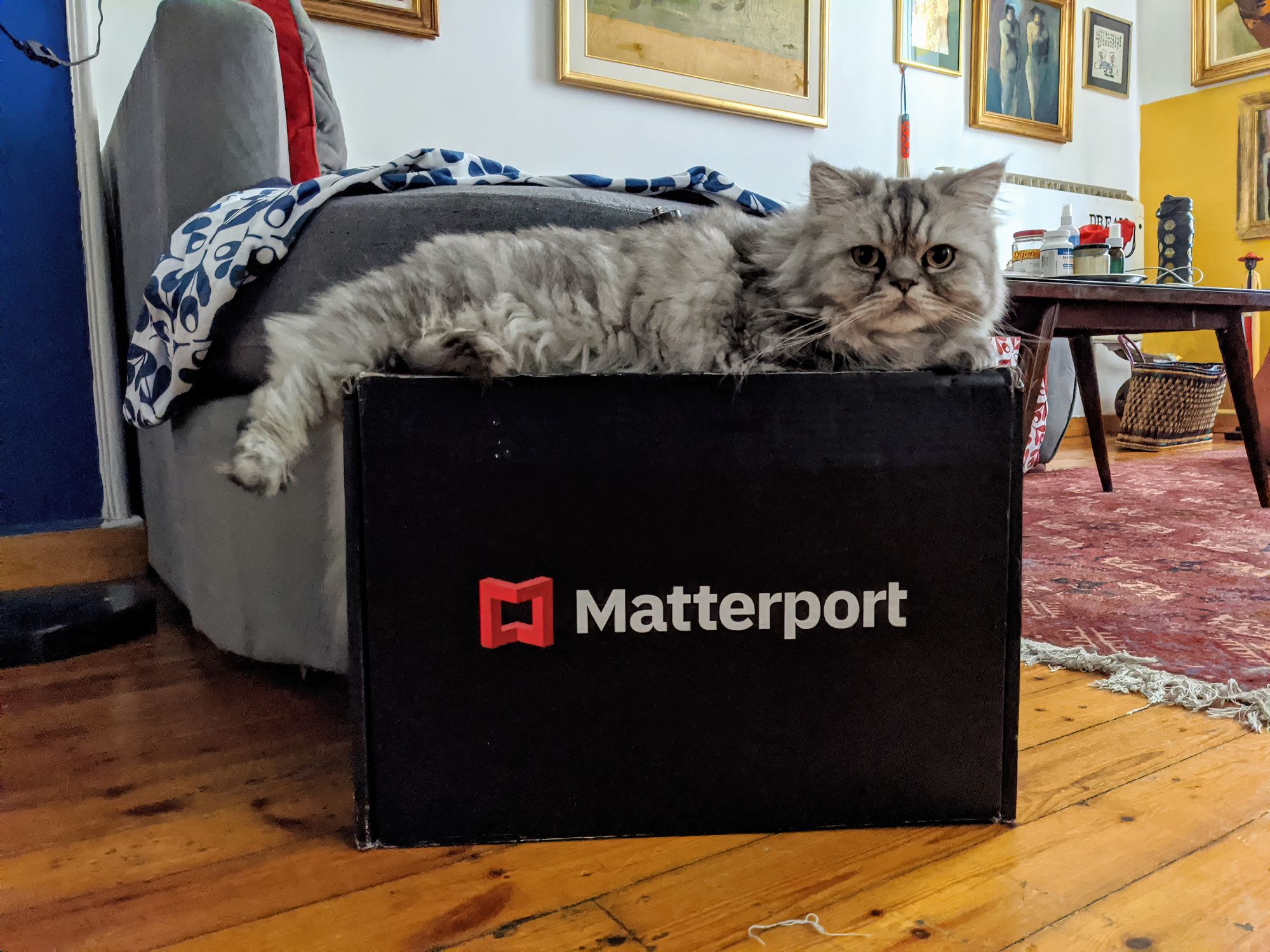
NOTE: there were many different cats involved in the production of this Guided Tour.

Also check out the awesome History of Egypt Podcast created by Dominic Perry resources here:
? Podcast Guide
What is the Great Pyramid at Giza?
You’ve probably heard of it, seen it in movies and on TV shows, and elsewhere in popular culture: the Great Pyramid at Giza is Khufu’s Pyramid, the first pyramid that was constructed on the Giza Plateau.
It’s larger than previous pyramids that were built before it, which adds much to its figure in the public eye since it was built. To add to the story, comparably little is known about the Pharaoh that the monument was built for, Khufu, in the Old Kingdom of Egypt.
The Great Pyramid dates back to the Old Kingdom of Ancient Egypt, over 4,500 years ago. It’s on the Giza Plateau right next to modern-day Cairo, which you can see in the distance in the scan.
To learn more about the Great Pyramid and its history, go on the tour at https://giza.mused.org/en/guided/266/inside-the-great-pyramid.
In popular culture, there’s been quite a bit of mythologization around the Great Pyramid, so the Guided Tour of Khufu is intended to help educate the general public about the Pyramid and history of Ancient Egypt.
Personally, I think this is important because Ancient Egypt, like many of the places where I work, what really happened is more interesting than the Hollywood version (looking at you Moon Knight).
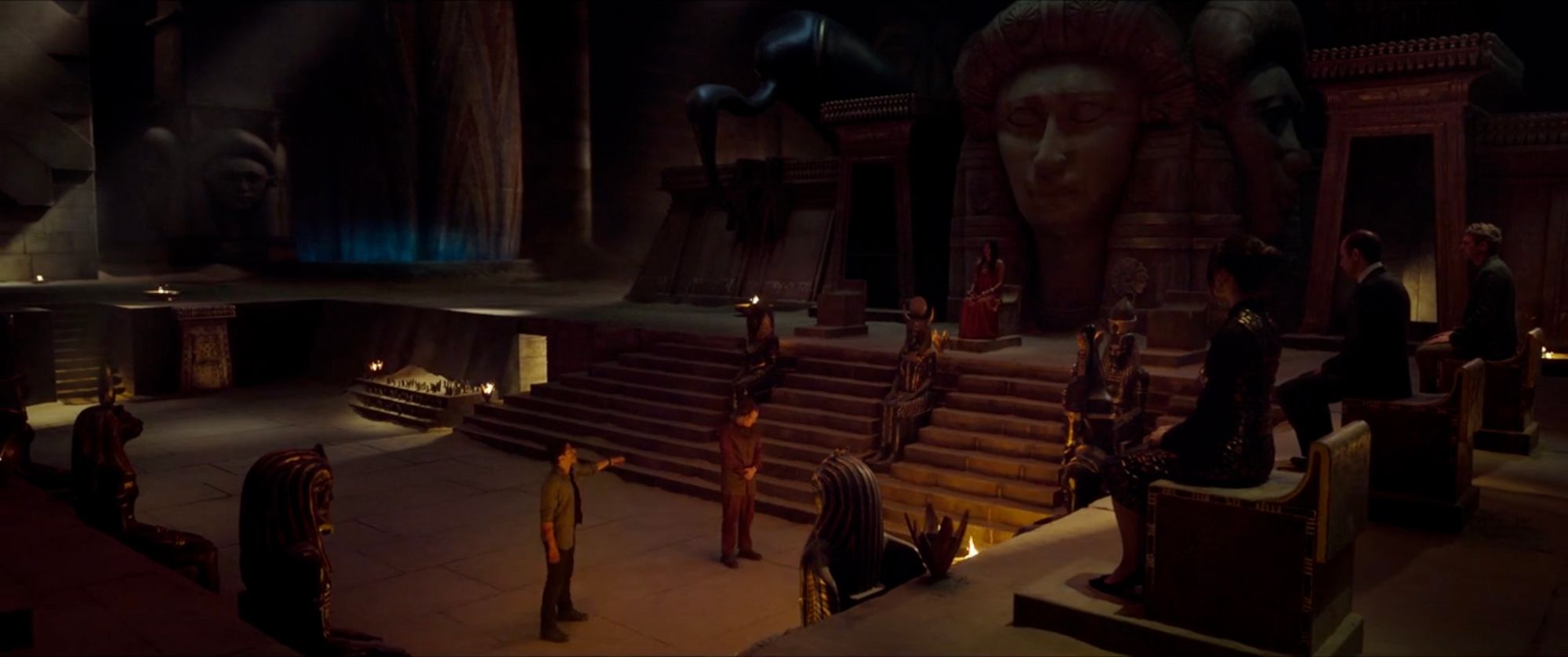
So far, we’re building educational materials that are being used in classrooms around the world to teach social studies, history, art, and culture of Ancient Egypt and World Civilizations.
These educational materials are continuing to be built, and we’ll provide more in the near future. So far the Guided Tours are an experiment in understanding how virtual environments like this are able to be used in the future for education, preservation, and studying environmental impact of tourism.
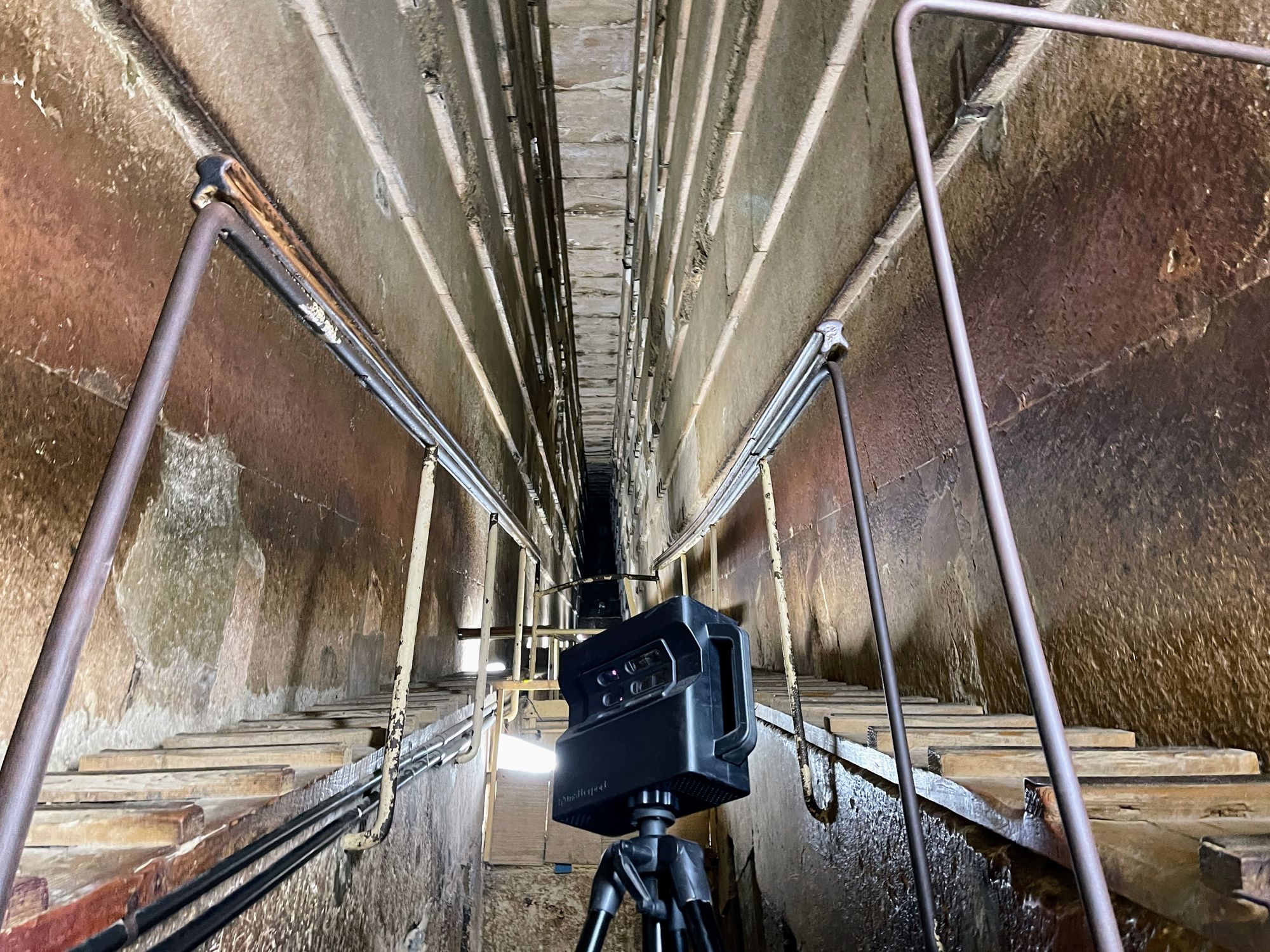
Creating the Field Capture on Site at the Giza Necropolis
I partnered with Doctor Wael Fathy from the Ministry of Tourism and Antiquities in Egypt to work on-site at Giza this year to complete the field capture of the data in the Great Pyramid.
Working together, we completed the data capture with a Leica BLK 360 and Matterport Pro 2 cameras, starting from the Subterranean Chamber, then moving to the Queen’s Chamber, and ending in the King’s Chamber.
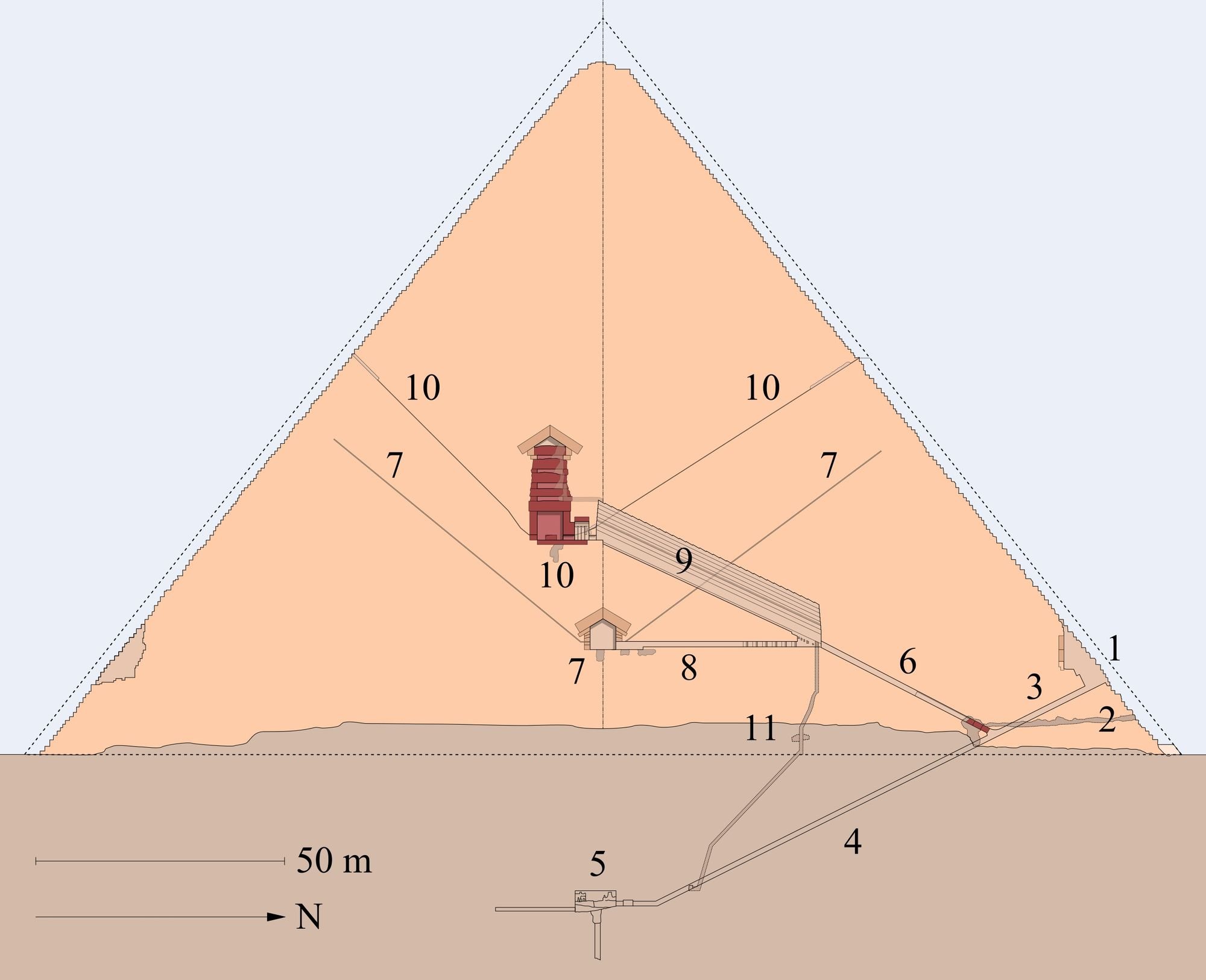
We didn’t complete any data capture of the well shaft within the pyramid, but you can see the entrance in the Grand Gallery. Inside the wellshaft, there’s a small limestone cave that is noted in the cross-section plan.
Some of the most challenging parts of the scan were the narrow pathways that were difficult for the algorithms in the Matterport Capture App controlling the cameras to align during the process.
At the end, there were 145 360 photos taken between the two cameras and aligned in the Guided Tour. Total capture time was limited to only a few hours and took about the better part of a day.
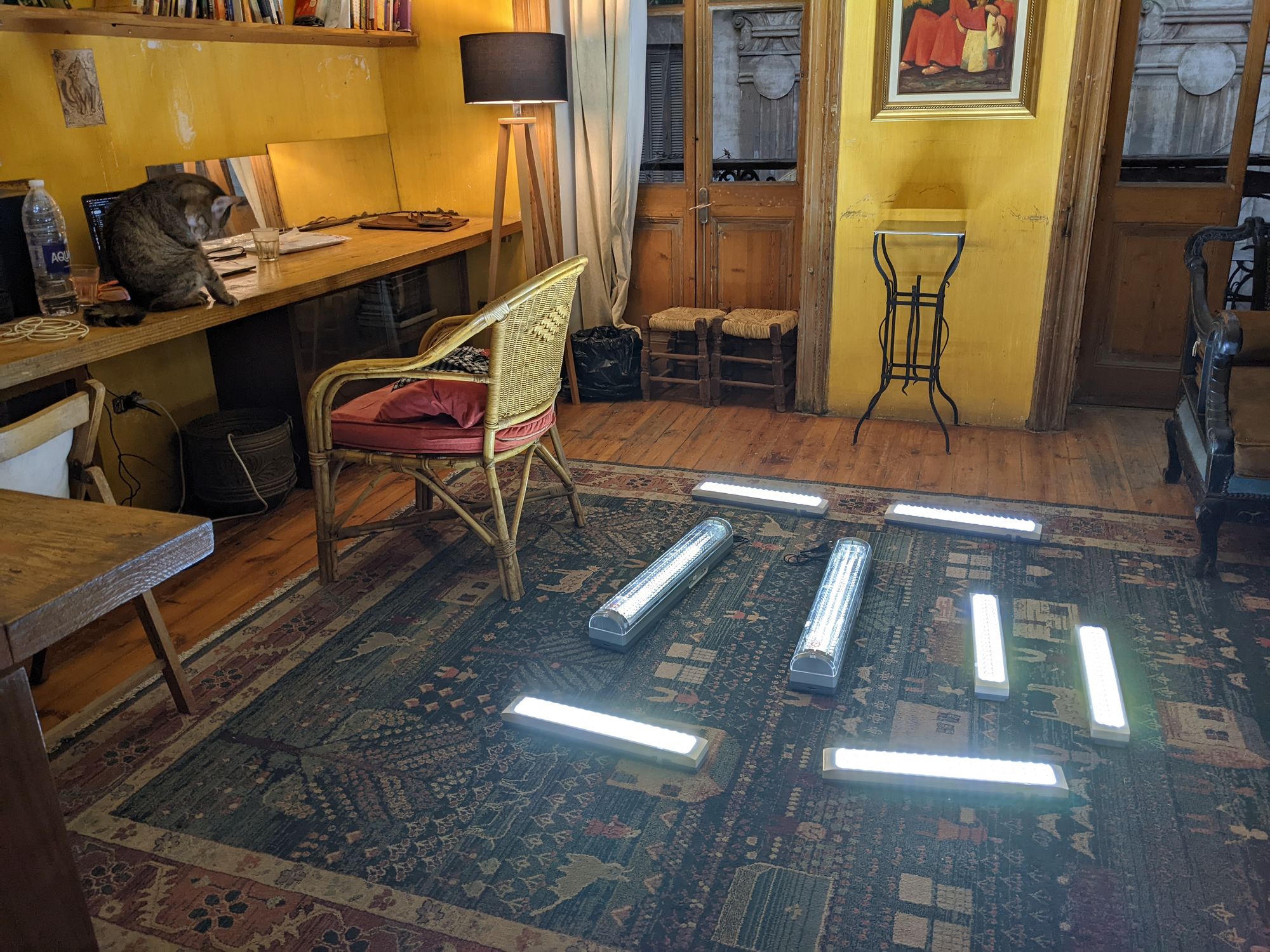
I brought in my own lighting for the Subterranean Chamber using battery-powered emergency lights made slightly more diffuse with white fabric, all bought from the Ataba market in Cairo. You can see the results here. I used these lights in sundry other places throughout the scan.
They weren’t ideal, but they worked for the purposes of our survey which was primarily educational. These wouldn’t have been a good solution for photogrammetric capture in the space, but again, for the purposes of the survey, they were adequate.
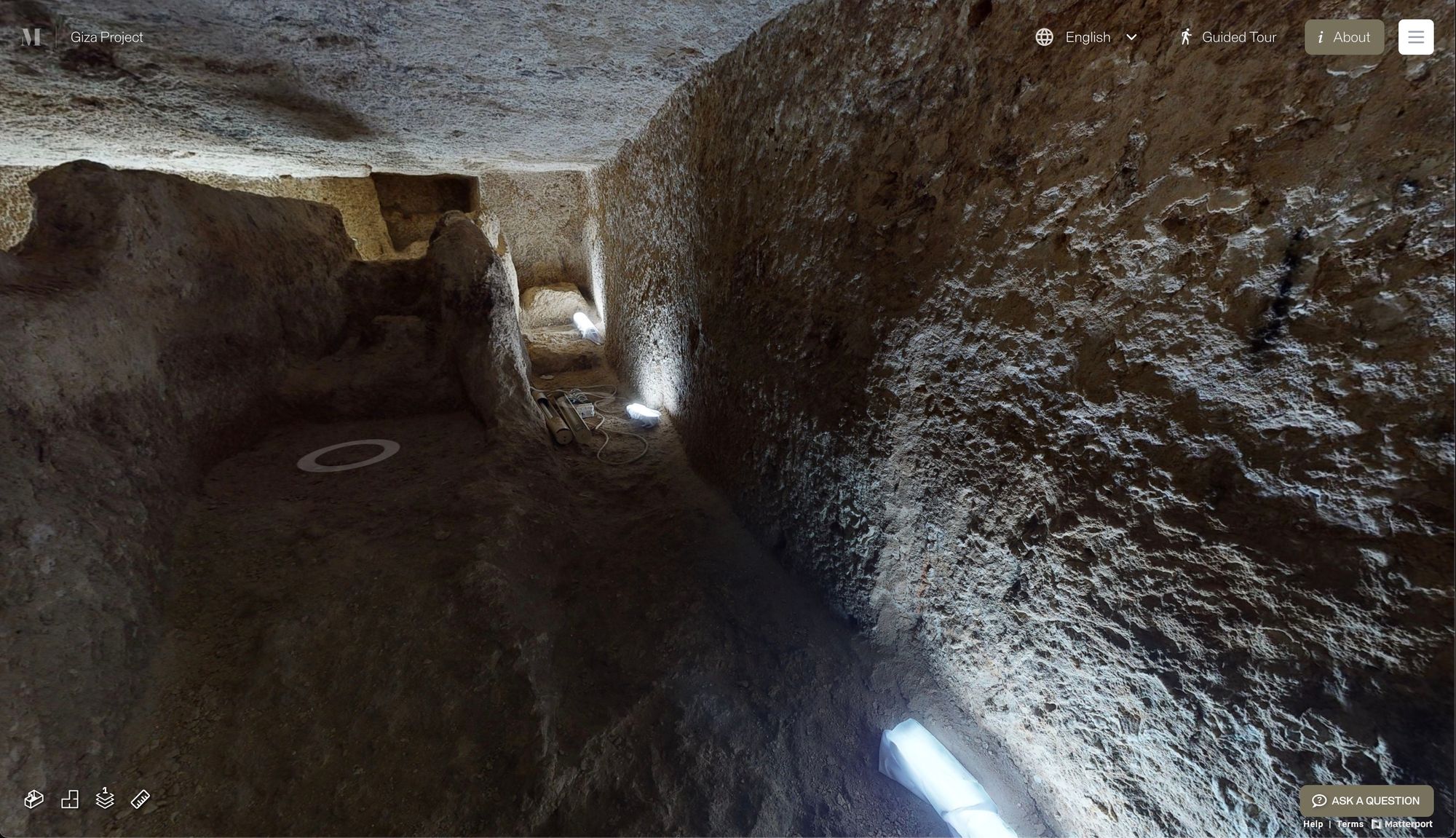
Generally, these lights worked for purposes of our scan (which is educational much more than scientific). In the future, a much more sophisticated lighting system could be used by whoever does the field capture.
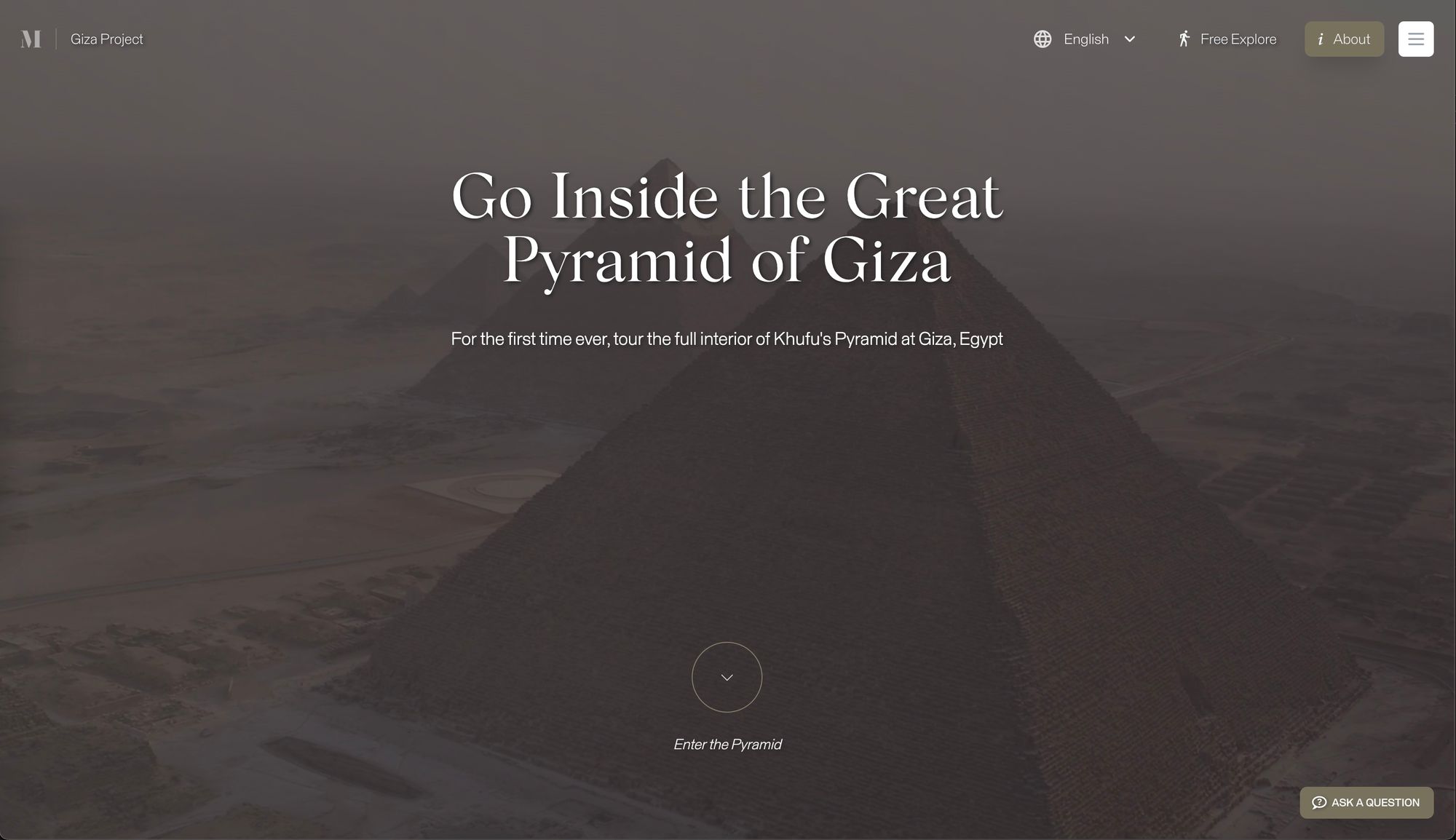
Designing and Building the Guided Tour from the Raw Data
Next, after working on-site with Doctor Wael Fathy from the Ministry of Tourism and Antiquities, I coded up the Guided Tour and worked on processing the data captured.
I built a script following a sequential pathway as much as possible and in the long channels between the chambers, I added narrative details about the monument and its history, such as including information about Khufu and the Solar Boats that were discovered nearby.
My parents, who are major history buffs, helped with some of the initial drafts of the tours and interactive narratives.
If you’re a tech person you might be interested in the technologies for the guided tour, if not, you can skip ahead to the cat: I coded up the guided tour in Typescript using the Matterport SDK which is built on top of Three.js.
It was easy to get up and running with the Matterport SDK, but I wish that we could manipulate the Skybox in their camera at least. Perhaps the subject of future work. Check out the example in their SDK here: https://matterport.github.io/showcase-sdk/sdkbundle_tutorials_using_scene_objects.html
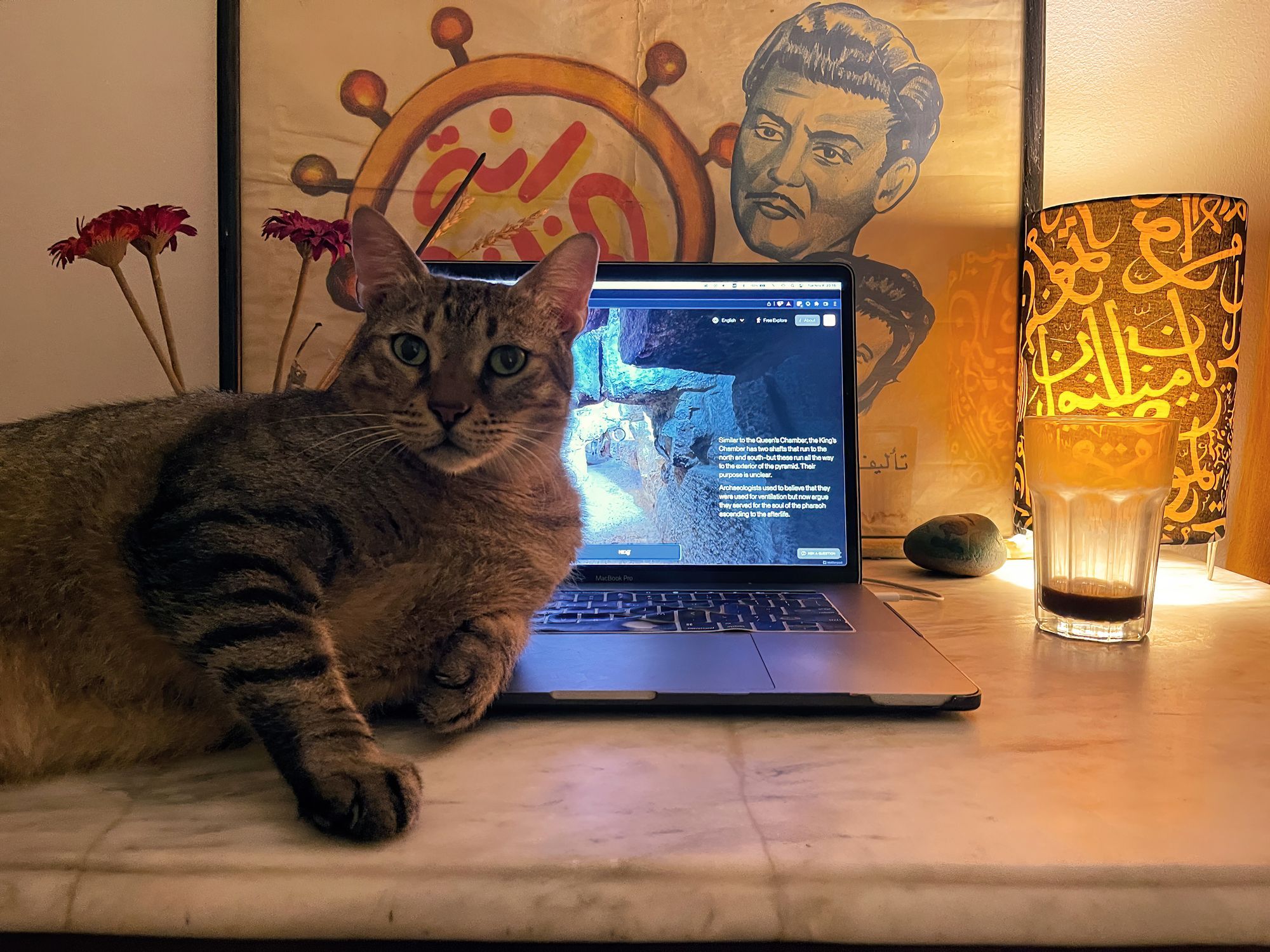
As a part of this process, we started interviewing school teachers, especially in Egypt and the United States, about their greatest challenges with teaching Ancient Egypt to their students.
Almost unanimously, the teachers mentioned that their greatest challenges in teaching Ancient Egypt were teaching about Daily Life in Ancient Egypt and who the Gods and Goddesses of Ancient Egypt are.
As a result, working with Mused Co-founders, Tessa Litecky and Natalya Stanke, we began to write educational content including guided tours, interactive narratives, and corresponding quizzes with Google Forms for the Pyramid, as we had previously with the Luxor Temple guided tours.
Here are a few of the first results:



We’re still working on content as we get feedback from teachers to build educational materials that connect to the guided tours.
In general, teachers preferred learning materials that too advantage of showcasing vocabulary and characters in the 3d scan–rather than the longer-form narratives, since there are already many resources out there similar to these.
In the end, I coded up two, small experimental features at the end of the tour: an email signup call to action and a portal to connect it to one of our existing tours inside the Tomb of Queen Meresankh III. Both of these could be made more sophisticated in the future, as they’ve been successful in getting more people to see the Tomb of Meresankh after Khufu’s pyramid and signing up to stay in touch with the Giza Project.
Response for the Guided Tour so Far
Gracias a la Universidad de Harvard, ya podéis entrar virtualmente en 3D y 360º en la Gran Pirámide de Giza.https://t.co/FLy3Q43nuw pic.twitter.com/VhsaGVO7Ga
— Nao Casanova (@NaoCasanova) November 6, 2022
The response for the Guided Tour so far has been overwhelmingly positive–beyond any of our projections.
This was great validation for us and the project! Thanks to everyone that’s visited so far, and we hope that the survey and guided tour will continue to be a good educational resource about Giza and Ancient Egypt in the future.
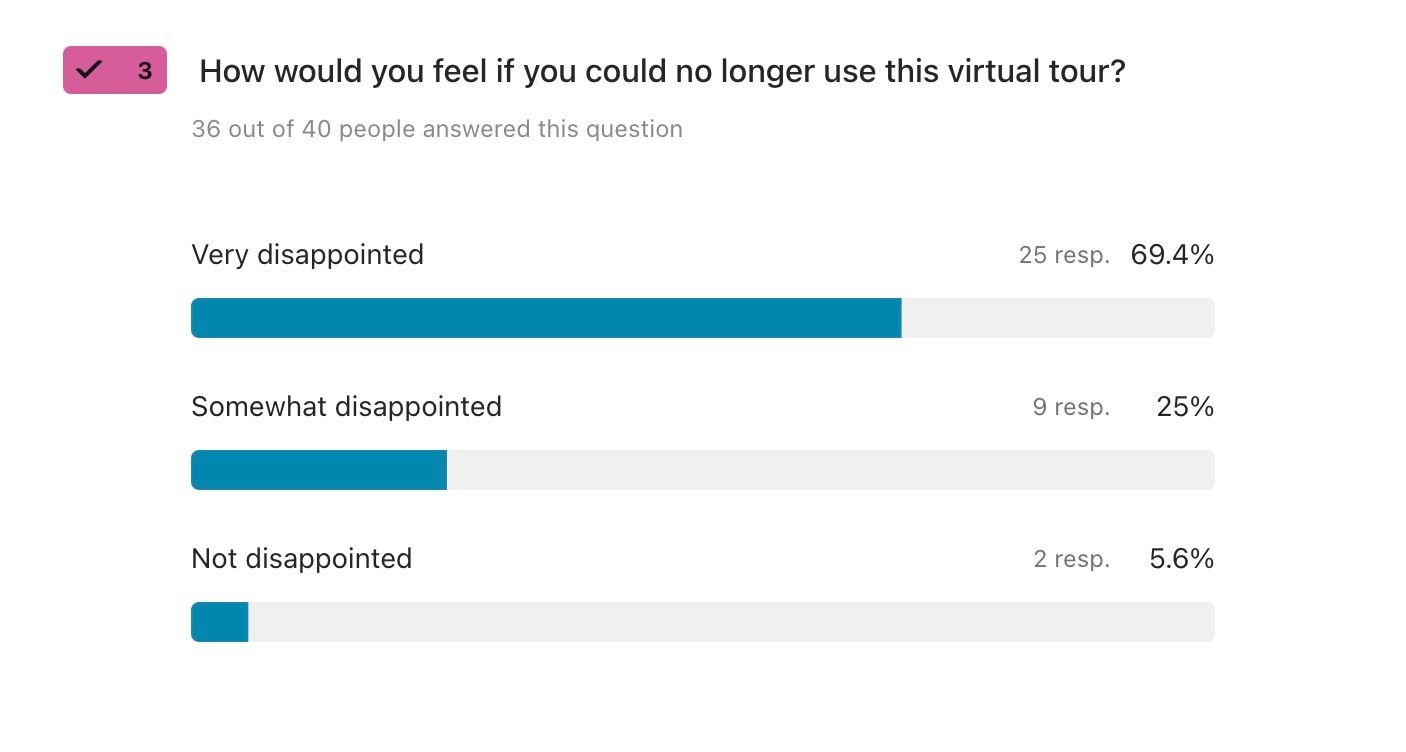
We also included a survey at the end of our guided tours to try to determine if we were getting close to building something that people want. This survey came about from Startup School from Y Combinator and a blog post by Rahul Vohra, Founder of Superhuman.
We found that 69% of the people that completed the survey at the end of the tour would be “Very disappointed” if they couldn’t use the tour anymore. This is important validation for our work because Rahul suggests in this article and elsewhere that once you get over about 40% of responses as “Very disappointed,” you have strong traction with your users. Less than 40%, and it’s less likely that you’re building something people want.
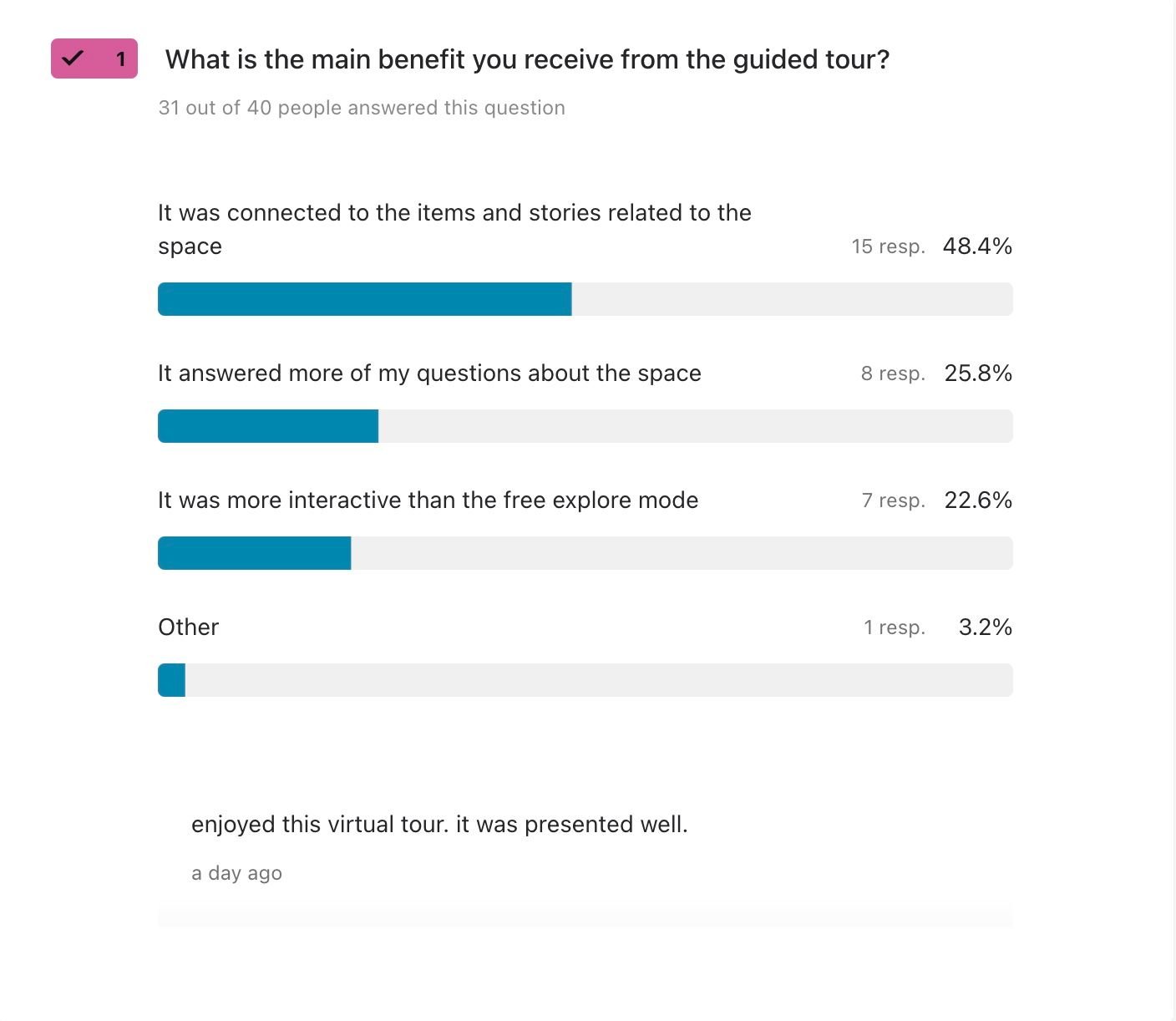
The most valuable part of the guided tours for our users also was that “It was connected to the items and stories related to the space”. This is important to us because it means that we’ll continue publishing artifacts and in-depth narratives alongside the guided tours as supplementary educational materials.
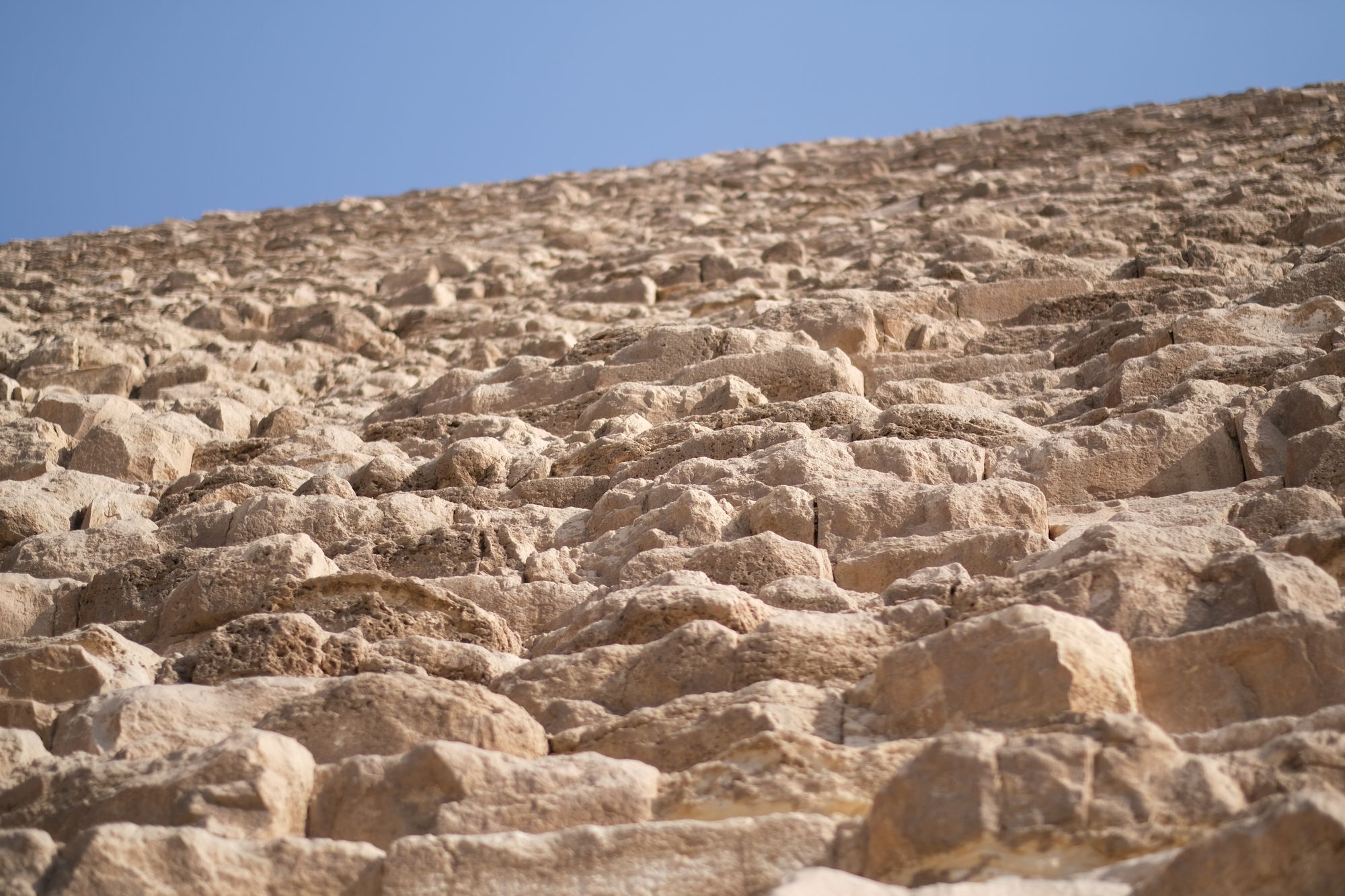
What’s Next?
We’re working now to continue to create educational resources to tell more of the story at Giza with Doctor Wael Fathy and the whole Giza Project team.
At the same time, we’re also responding to new incoming exhibition requests, so if you haven’t heard from us yet, you will shortly.
We’d love any feedback that you can send our way regarding these materials, or if you’re a teacher and want to teach our surveys or Guided Tours in your class, reach out to us at [email protected] if you’d like your own custom guided tour or other teaching materials.
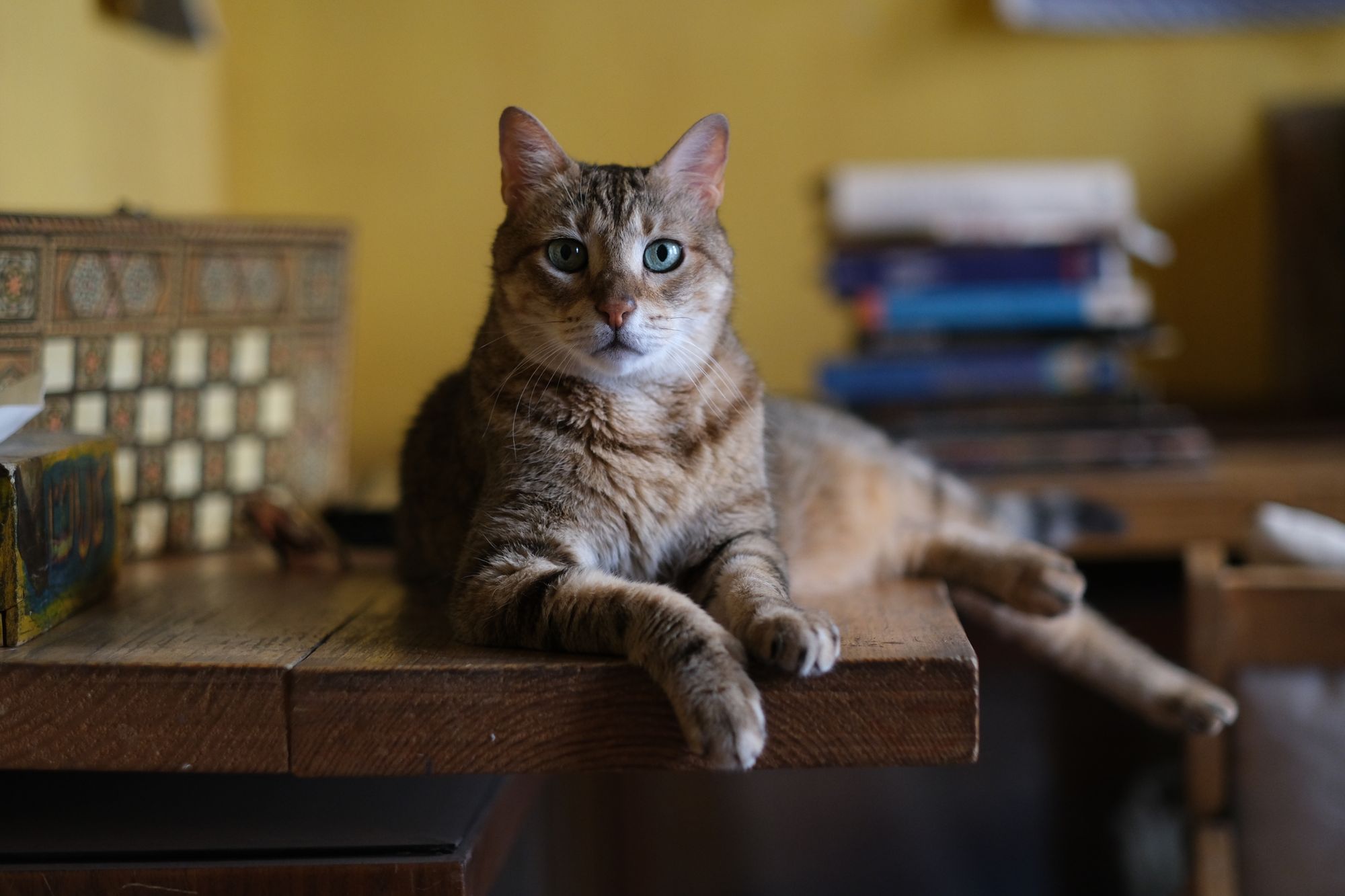
Thanks for visiting, and stay tuned for future surveys at Giza and elsewhere! Simsim is modeling for our next project coming up in November at Giza. Can you guess what it is?
Our continual gratitude for the partnership with the Ministry of Tourism and Antiquities, Doctor Wael Fathy, and amazing partners at the Giza Project, Doctors Peter Der Manuelian and Nicholas Picardo, and Digital Humanist Raquel Novais.
If you liked the Giza tours, also check out a sneak preview of an upcoming exhibition with the Harvard Museum of the Ancient Near East and Ministry of Tourism and Antiquities about the Throne of Tutankhamun in celebration of 100 years of his rediscovery.
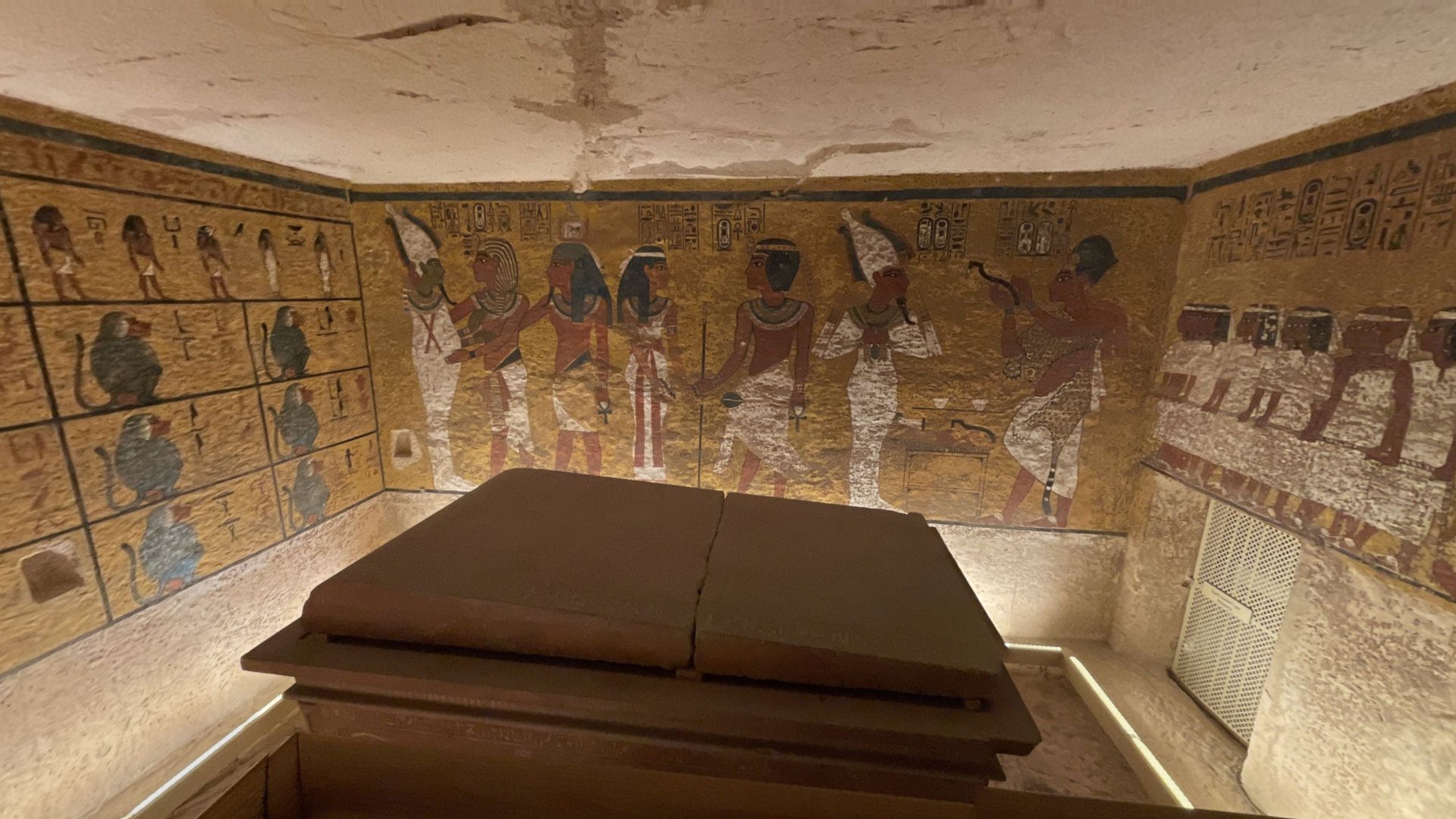
And check out these other tours around Egypt that we created with the Ministry of Tourism and Antiquities, University of Chicago, and Saint Catherine’s Foundation:
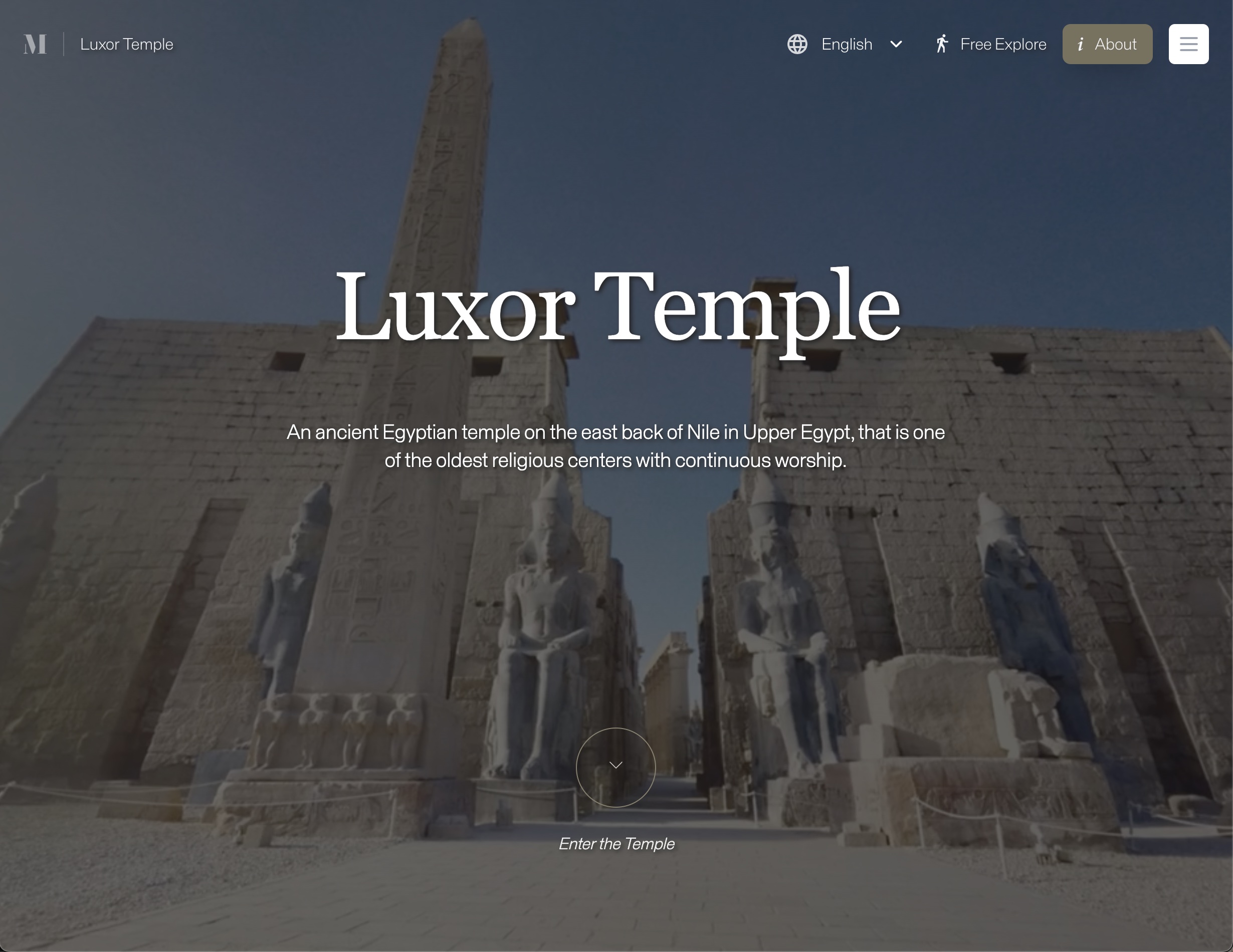

✉️ Signup for more information about virtual tours and metaverse capture delivered to your inbox by entering your email below!



